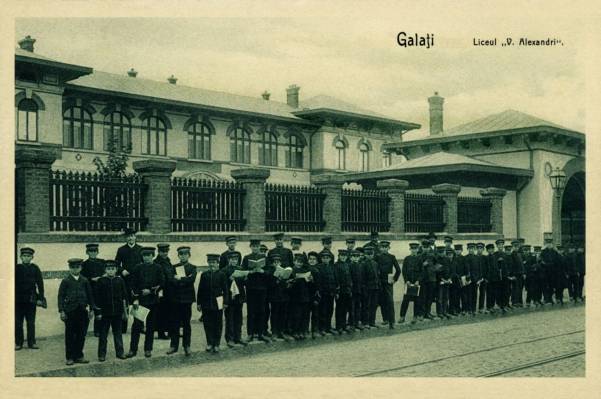| The Status of Romanian Women
In Romania , as in every other country, the feminist movements understood that it takes a fight in order to make justice and equality into common facts. The joint efforts in the past 50 years which made the emancipation of the women possible, were led by the U.N.O., organism that militated ever since its creation for the consacration and application of the principle of equality into everyday life.
The process of emancipation in our country coincides with the general development of the feminist movement in the world. The first impulse in the search for women's rights recognition was gaining the right to vote. For the first time in our country's history, the issue of granting women suffrage rights was put in 1866, as the first Constitution of the modern Romanian state was adopted.

However, the first milestones were set by the 1848 Revolution, when the illuminated minds of the revolutionary leaders first expressed the need to achieve equality between the sexes in their programs and revendications. As a result, 17 girl schools were founded all over the country.
The first associations were constituted in Transylvania , in 1841 and 1850, and had as a primary goal the emancipation through education and culture, whereas the later founded “Romanian Woman's League”(1866) broadened the horizons of their claims, demanding economic, political and civil rights as well. Therefore, the 6 th decade of the XIX th century brought about the first major breach in the system of prejudices that surrounded the women.
At the end of the century, women were already forcing the gates of superior education, with several young ladies getting their licence in Philosophy, Law and Medicine.
At the beginning of the XX th century, the emancipation movement intensified its activity, some monthly newspapers and magazines concerned with the condition of the women in society being published. In 1946, at last, prior to most of the other countries, the Romanian women were granted the right to vote and to be elected to Parliament. The 1949 Consitution proclaimed the equality of women and men rigarding all constitutional rights, while the 1950 Labour Code secured equal pay for the equivalent amount of work for men and women.
During the communist period, equality was carefully monitored, not because of a genuine belief in its moral value, but because of the excellent means of exploitation and propaganda it represented. The good point of the period was that it settled the equal status of women in society for good.
After the Revolution, the situation of the women has improved to a certain extent, along with the increasing of the freedom to determine their faith and lead their life as they think best. But there are also some reasons of concerns: the rate of abortions, which had been forbidden during communism, of divorce and of domestic violence has gone up at an unprecedented speed. Families breaking up, women abandoning their children in hospitals, physical or psychological marital violence, all make up the frame of human rights issues in our country, and in the world in general, which should be more carefully tackled if we are to become a developed, democratical country. |

